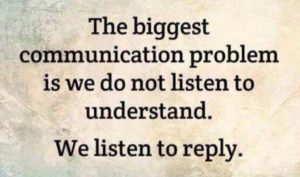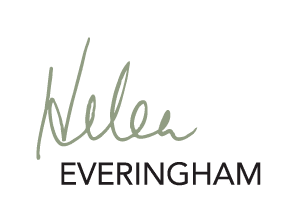LISTENING TO UNDERSTAND IS NOW MORE IMPORTANT THAN EVER
Something that keeps coming up again and again, whether that be in my reading or in conversations, is the term Social Harmony.
That means living peacefully together without conflict, having stable relationships with regard and respect for each other, even though we may think differently. It also means negotiating where necessary and cooperating with each other, in spite of our diversities, to achieve common goals.
We know Social Harmony is important for our good health and wellbeing, both physically and mentally. It can be a life-saver in times of those challenges and crises that life often throws us.
I came across another term, Sociostasis, which is apparently a synonym for Social Harmony. (Not a word I knew but I love how language is ever evolving!)
As Homeostasis is the process of keeping our bodies in balance and is vital to our ongoing physical wellbeing, Sociostasis or Social Harmony is vital in maintaining a congenial state within our society, ensuring cohesion in our communities.
The point of saying all of this is that in any situation where Social Harmony is to be maintained, I believe the most important thing is “Listening to Understand”. If you have done “The Centre Within” with me you will know that I believe good communication starts with the art of truly listening. That means giving the other person (or the article, podcast, speech, whatever you are listening to or reading) our full attention.
It is a case of ‘learning’ to “Listen to Understand”. While whoever or whatever we are listening to is speaking at about 120 or so words a minute, our very clever minds are running at about 700 words a minute. And what are we doing in our minds? We are usually formulating our reply. Our reply may be of help, but have we really heard the message?
I love this quote from American author Robert McCloskey, “I know that you believe you understand what you think I said, but I’m not sure you realise that what you heard is not what I meant.”
Some thoughts:
- We don’t see things as they are, we see things as ‘we are’. We are all coming from our own perspective because we have been raised differently with different values, maturity, awareness at the time, knowledge acquired, etc.
- Our beliefs and attitudes are set at a very early age (50% by age 4). While we are able to change as we mature, those early patterns are ingrained.
- When we pay exclusive attention to the person who is speaking, not only are we truly hearing their message, but it is very flattering. It says “I am interested in you and I care about what you are saying.” When we are fully engaged our body language will say all of that without our saying a word.
- There is the chance that when we “Listen to Understand” we can be fearful that our beliefs and attitudes may be challenged. This is where we need to choose our words carefully in reply, if we are to achieve effective communication. I have found taking a deep breath before speaking can be very helpful.
Surely Social Harmony is something we all strive for. Indeed our ancestors would not have survived without it. Social Harmony doesn’t mean conforming or giving up our individuality, but it does mean engaging in cooperative behaviour. I believe “Listening to Understand” is a great beginning.
Have a happy month. Love and laughter.


